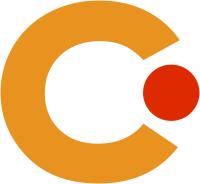Abstract
ABSTRACT
The development of embodied Virtual Reality (VR) systems involves multiple central design choices. These design choices affect the user perception and therefore require thorough consideration. This article reports on two user studies investigating the influence of common design choices on relevant intermediate factors (sense of embodiment, presence, motivation, activation, and task load) in a VR application for physical exercises. The first study manipulated the avatar fidelity (abstract, partial body vs. anthropomorphic, full-body) and the environment (with vs. without mirror). The second study manipulated the avatar type (healthy vs. injured) and the environment type (beach vs. hospital) and, hence, the avatar-environment congruence. The full-body avatar significantly increased the sense of embodiment and decreased mental demand. Interestingly, the mirror did not influence the dependent variables. The injured avatar significantly increased the temporal demand. The beach environment significantly reduced the tense activation. On the beach, participants felt more present in the incongruent condition embodying the injured avatar.


